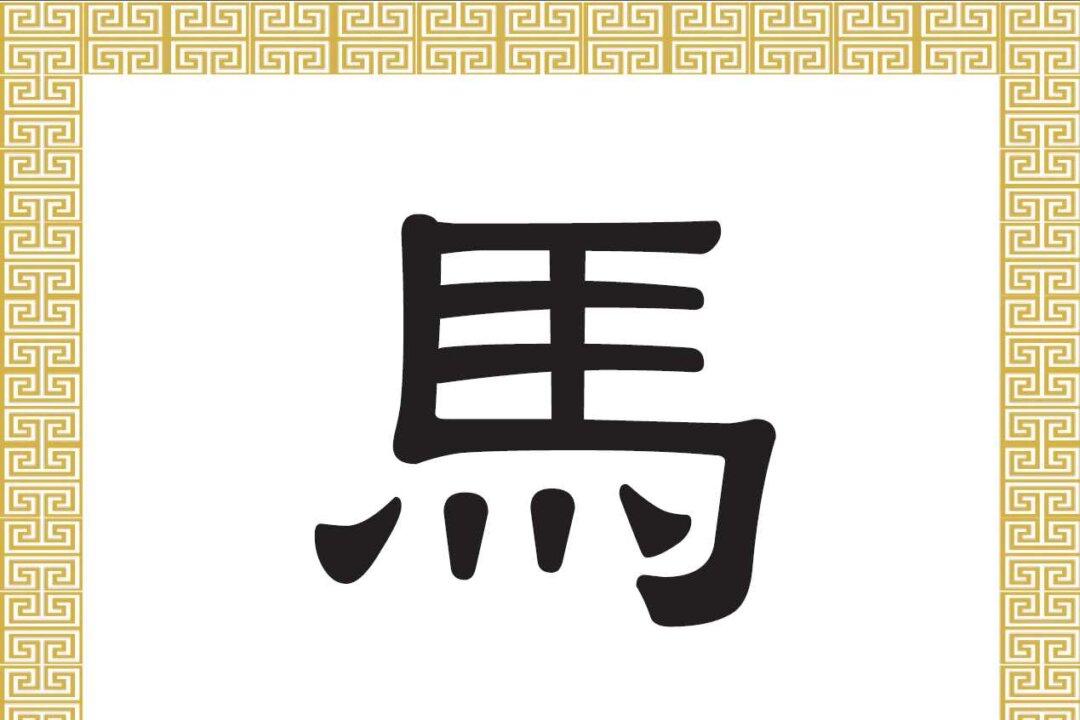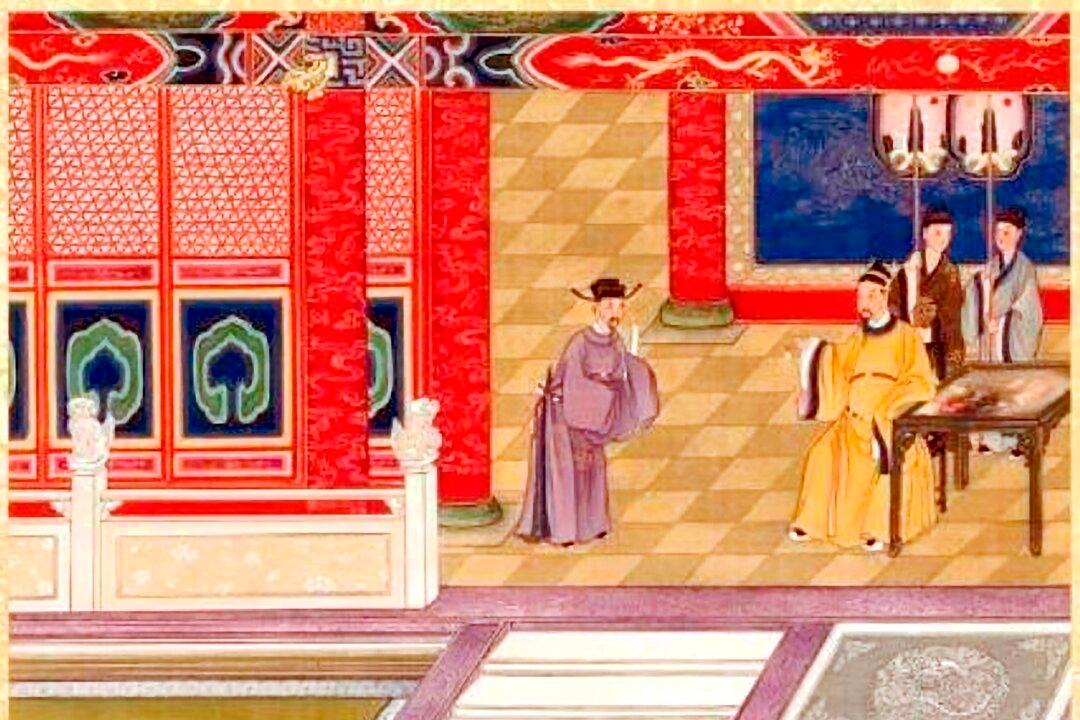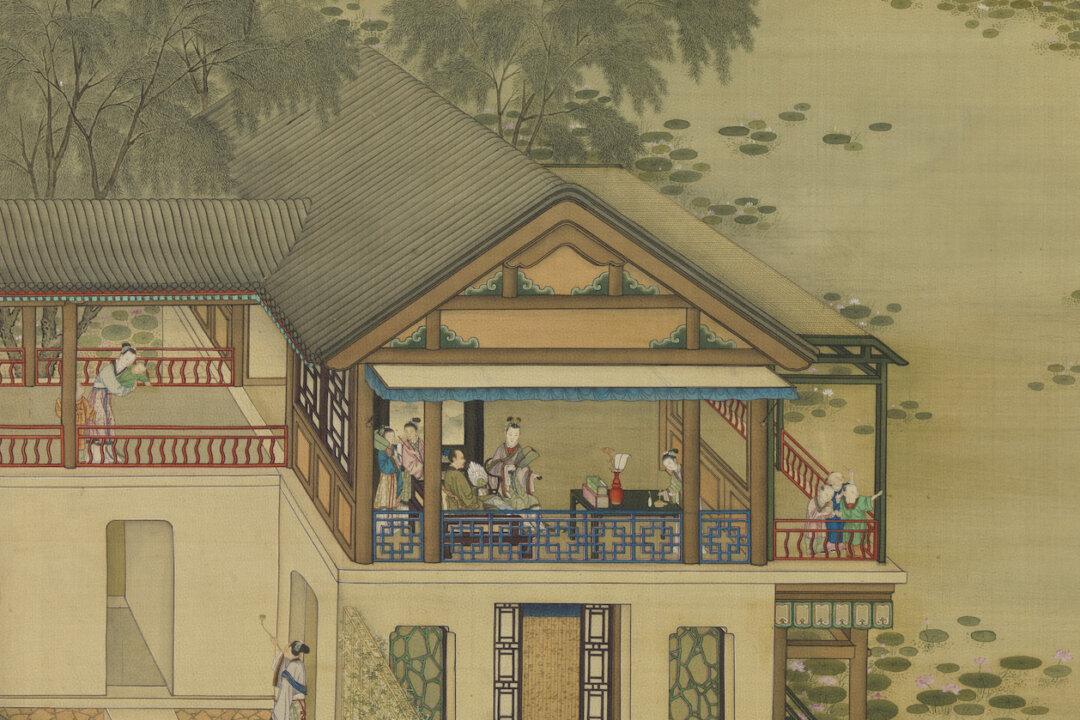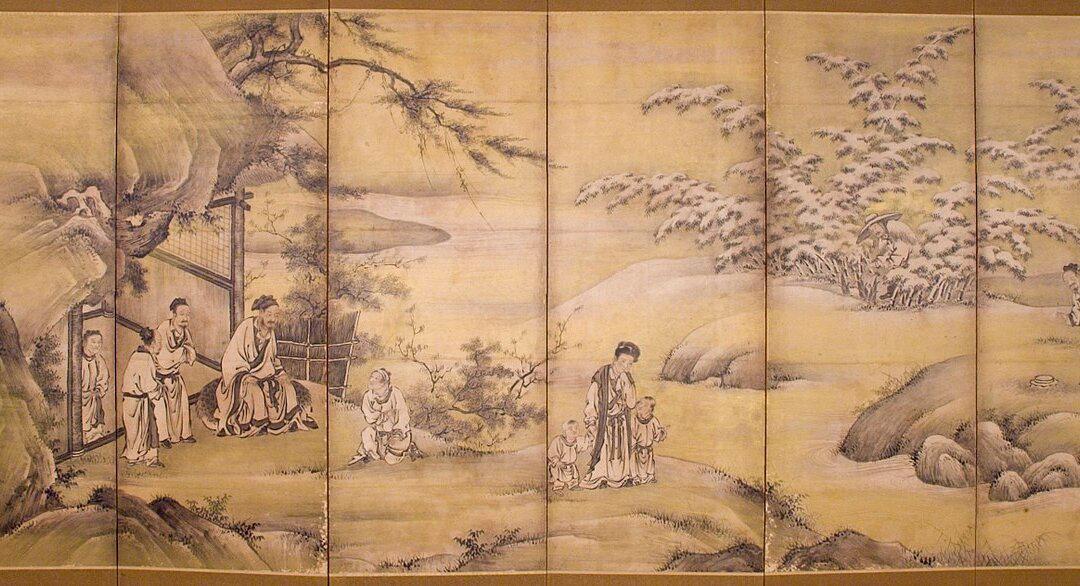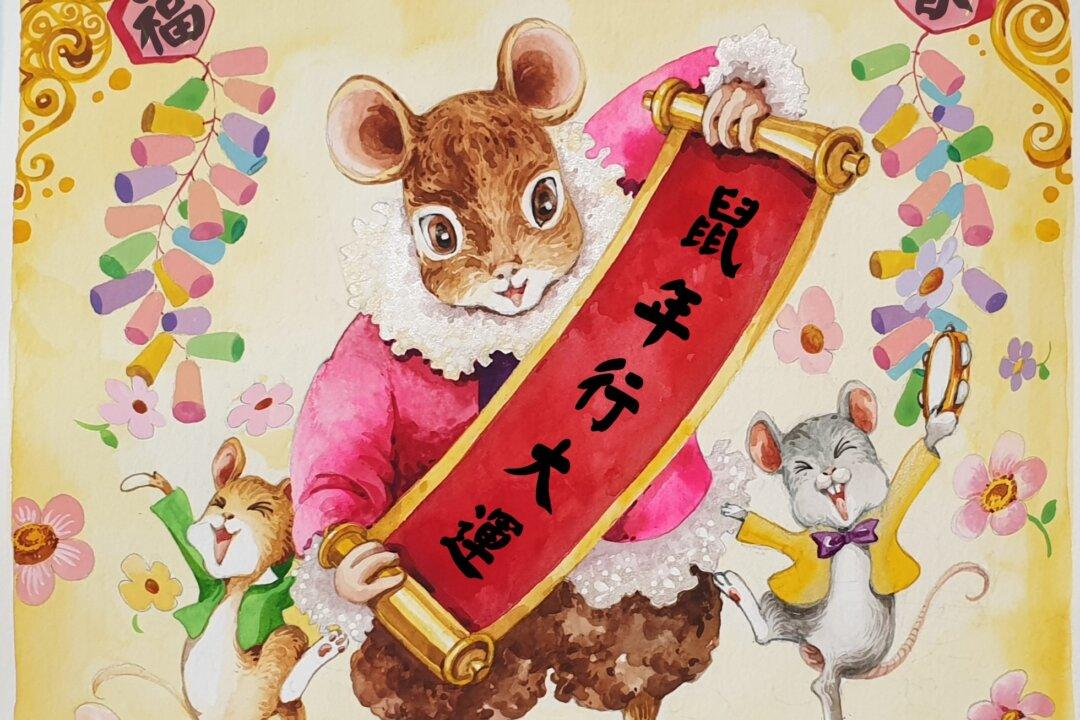The Chinese character for horse, 馬 (mǎ), is a pictogram that depicts a horse with its head turned to look back and with its mane blowing in the wind.
The body and tail of the horse are represented by the stroke that extends midway down the left-hand side of the character, angles to the right, and then angles down the right-hand side of the character.
The four short strokes at the bottom depict the four legs of the horse.
Some common character combinations using 馬 include 馬上 (mǎ shàng), meaning immediately; 馬路 (mǎ lù), a road or street; 馬鞍 (mǎ ān), a saddle; 馬車 (mǎ chē), a carriage; 馬蹄 (mǎ tí), the hoof of a horse; 馬夫 (mǎ fū), a stableman or groom; and 馬鈴薯 (mǎ líng shǔ), a potato.
The phrase 馬到成功 (mǎ dào chéng gong) is used to wish someone an instant success or an immediate victory, or the quick achievement of his or her mission the moment he or she arrives.
馬耳東風 (mǎ'ěr dōng fēng) means “to turn a deaf ear to” or to treat with utter indifference what another person has said, like the east wind that blows at the ear of a horse—it goes in one ear and out the other.
龍馬精神 (lóng mǎ jīng shén) describes a spirit of great vitality, with strength and vigour as forceful and energetic as that possessed by a dragon (龍, lóng) or a horse (馬, mǎ).
